Over the last decade, I have had the privilege of working with many environmental groups in southern Ontario, and few maps represent this collaboration better than the one pictured here, completed late last month.
Ontario's Greenbelt turned ten years old in 2015 and this triggered the first of it's mandated 10-year reviews. A significant feature of the review was the question of whether (and where) the Greenbelt should expand to better serve one of its primary goals: to protect natural heritage and water resource systems. The answer for most environmental groups as to whether the Greenbelt should grow was a resounding yes, but the question of where was a much harder one to answer.
Each group that lent their insights to the creation of this map looked at this question through their own lens. Some saw value in moraines, others in land adjacent to rivers, still others in wetlands and marshes; but the common thread that emerged was the need to focus on water. These answers, while precise in name “Marsh X or River Y”, did not answer the cartographic question of precisely where the boundaries of these features were.
Enter the cartographer.
Defining the boundaries of some of these entities was rather straightforward. Rivers are clearly and correctly mapped in Canada, so defining the vulnerable areas around a river is done simply by buffering the rivers by X meters (a standard digital mapping software task – one or two mouse clicks).
Other definitions proved more challenging. Where exactly were the boundaries of the Waterloo Moraine? There proved to be no definitive answer to this question, so I had to draw on geological map data (areas defined as “hummocky topography” appear to be defining elements of the location of moraines) and make some informed inferences as to just where the edge of the moraine feature was.
And if this seems imprecise, consider for a moment the official provincial definition of the Niagara Escarpment, a dominant natural feature in the southern Ontario landscape and a UNESCO World Biosphere Reserve. On this map, it's mixed in with other features in the southern portion of the Greenbelt, but you can see it's distinct definition as the long thin tendril heading north through Dufferin County and up through Owen Sound. A little cartographic tip: when a natural feature like the Niagara Escarpment is drawn with straight lines, it's been defined by politics (as well as science). It is remarkable to me that a UNESCO World Biosphere Reserve continues to be defined (cartographically, as well as in law) more by a long-ago political negotiation than by geological and ecological features.
And here we find ourselves deep in the alchemy that is drawing boundaries on a map (especially for protected areas). It's a little politics (let's include lands for protection where there's local support), a little science (let's include features that are critical to the healthy functioning of water systems), and a little art (if there's hummocky topography here and also here, the moraine feature probably goes something like this... (cartographer draws line)).
This map, Protecting Vulnerable Water Resources in Southern Ontario, is not meant to be definitive. It is meant to be a jumping off point for discussion. What if we include this feature (and defined it this way)? How would that impact urban sprawl? Would it actually protect the feature we're hoping to protect? These answers are not easily found, and are best answered by a wide range of stakeholders and experts. But without the alchemist (read cartographer), there would be no baseline around which decision-makers could formulate a meaningful vision of what needs to be added to the Greenbelt to help protect our land and our water into the future.
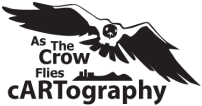
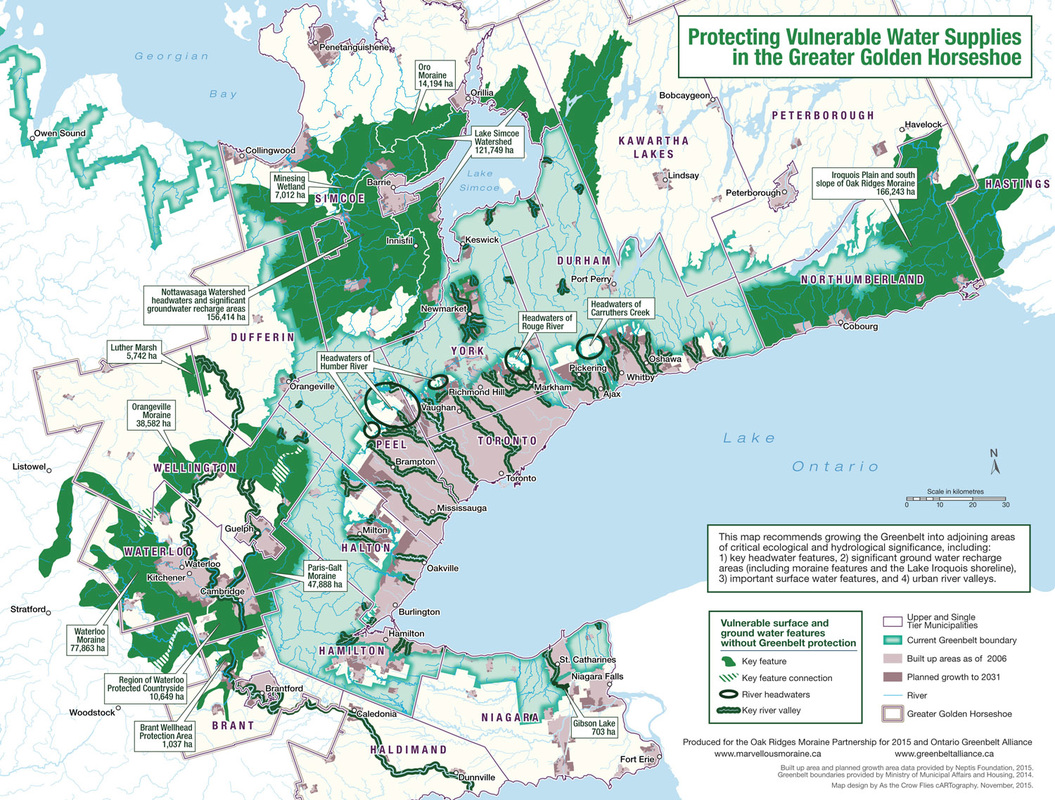
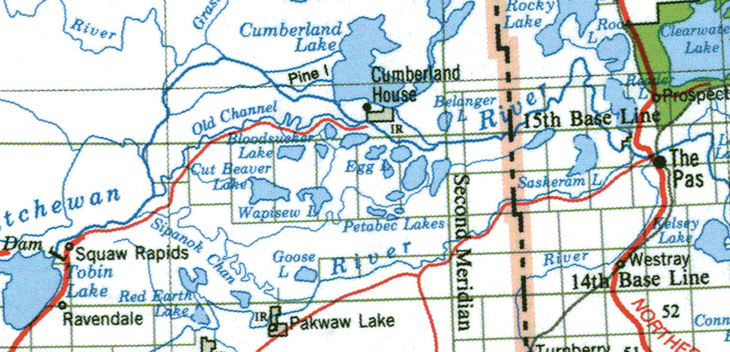
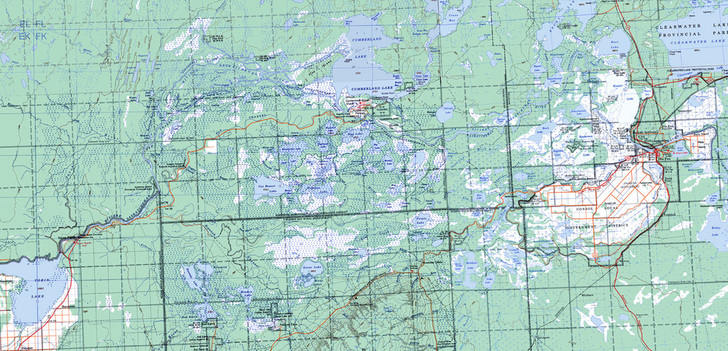
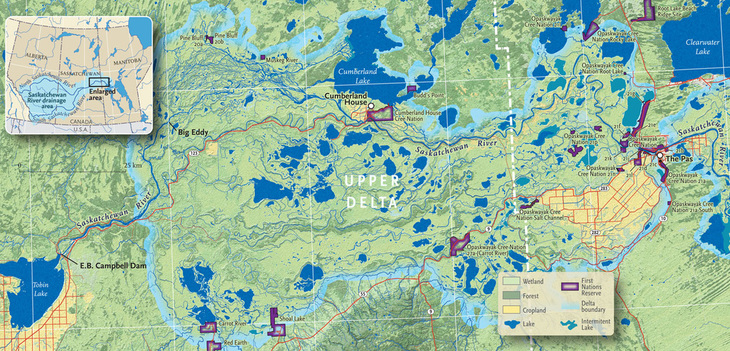
 RSS Feed
RSS Feed
